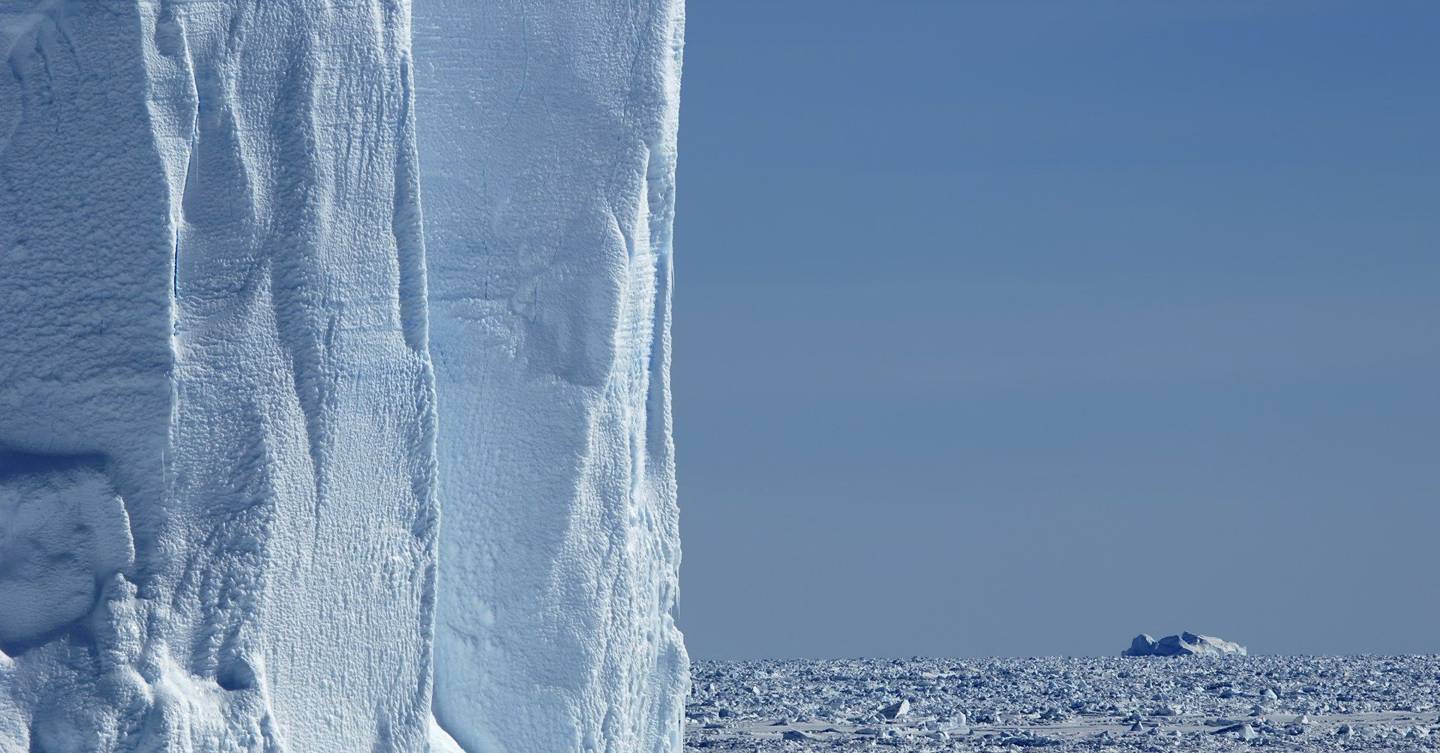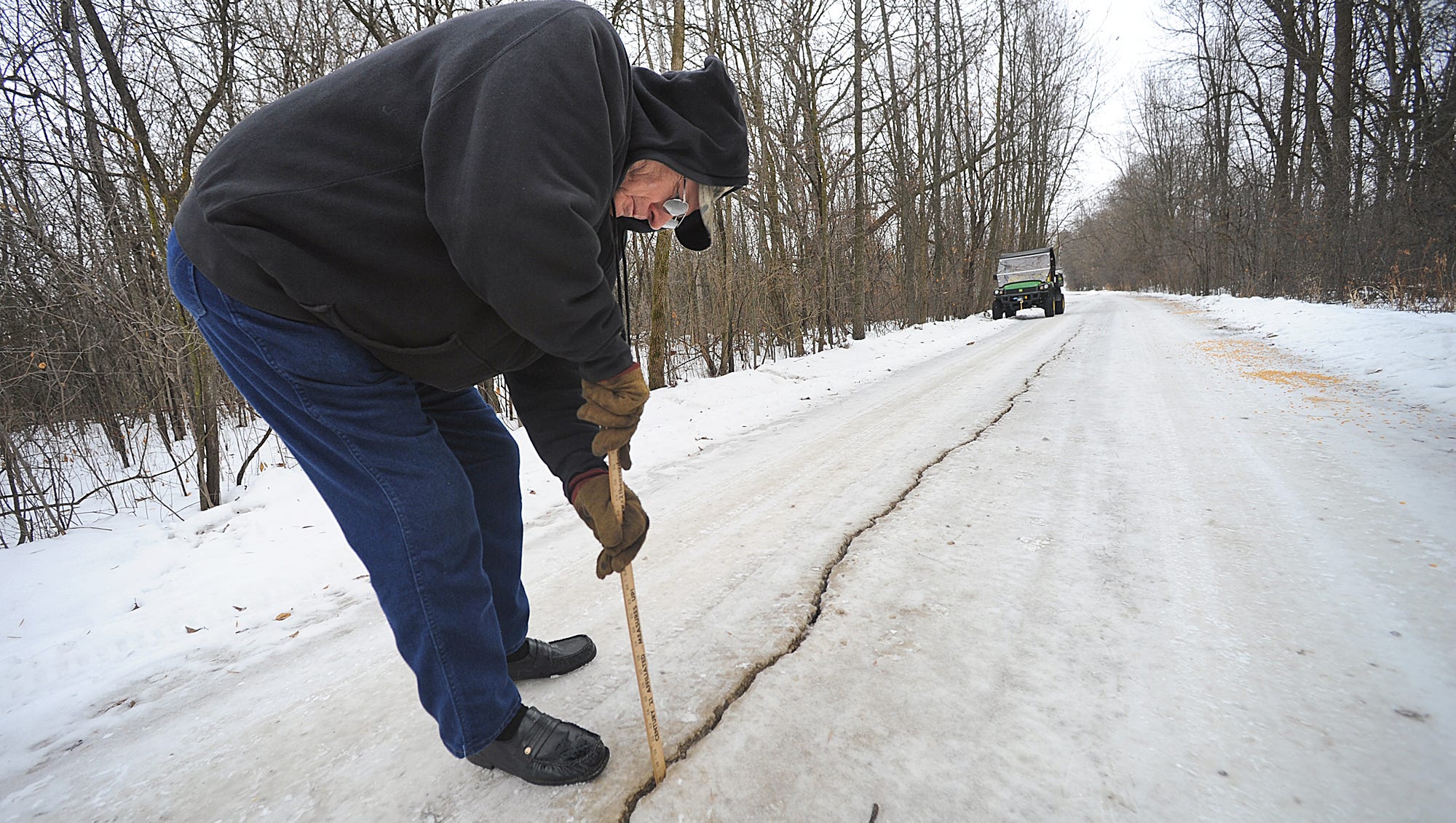


The water in the ground then expands as it freezes and pressure builds up until eventually a section of frozen earth near the surface cracks – causing a loud “boom” or even a jolting “quake.”

Our warm-weathered rain earlier this week which was followed by sub-zero temperatures in less than 24 hours would be the most likely culprit. The roller coaster temperatures that took central Indiana from a frozen tundra to a balmy spring and back below freezing again are likely to blame for the quakes which happen when the ground becomes saturated with water and then quickly freezes. Each year there are tens of thousands of what we call ‘ice-quakes’ created by the cracking and melting of sea ice and ice calving off glaciers into the ocean, and these. "Like someone dropped bricks up there," she posted on our Facebook page. It was in analysis of this acoustic data that it became clear that the sounds of ice breaking up and cracking is a dominant source of natural sound in the southern ocean. Julie Justus described the sound as "giant booms on the roof" of her home in Irvington. Hoosiers from literally every part of the state have reported hearing the "booms" and "quakes" over the last couple of days. INDIANAPOLIS - Dispatchers across central Indiana have been fielding frantic calls from residents who believe they’re hearing gunshots, exploding gas lines – or even secret underground activity – but it turns out what they’re most likely hearing is actually a loud winter phenomenon called “frost quakes.”


 0 kommentar(er)
0 kommentar(er)
